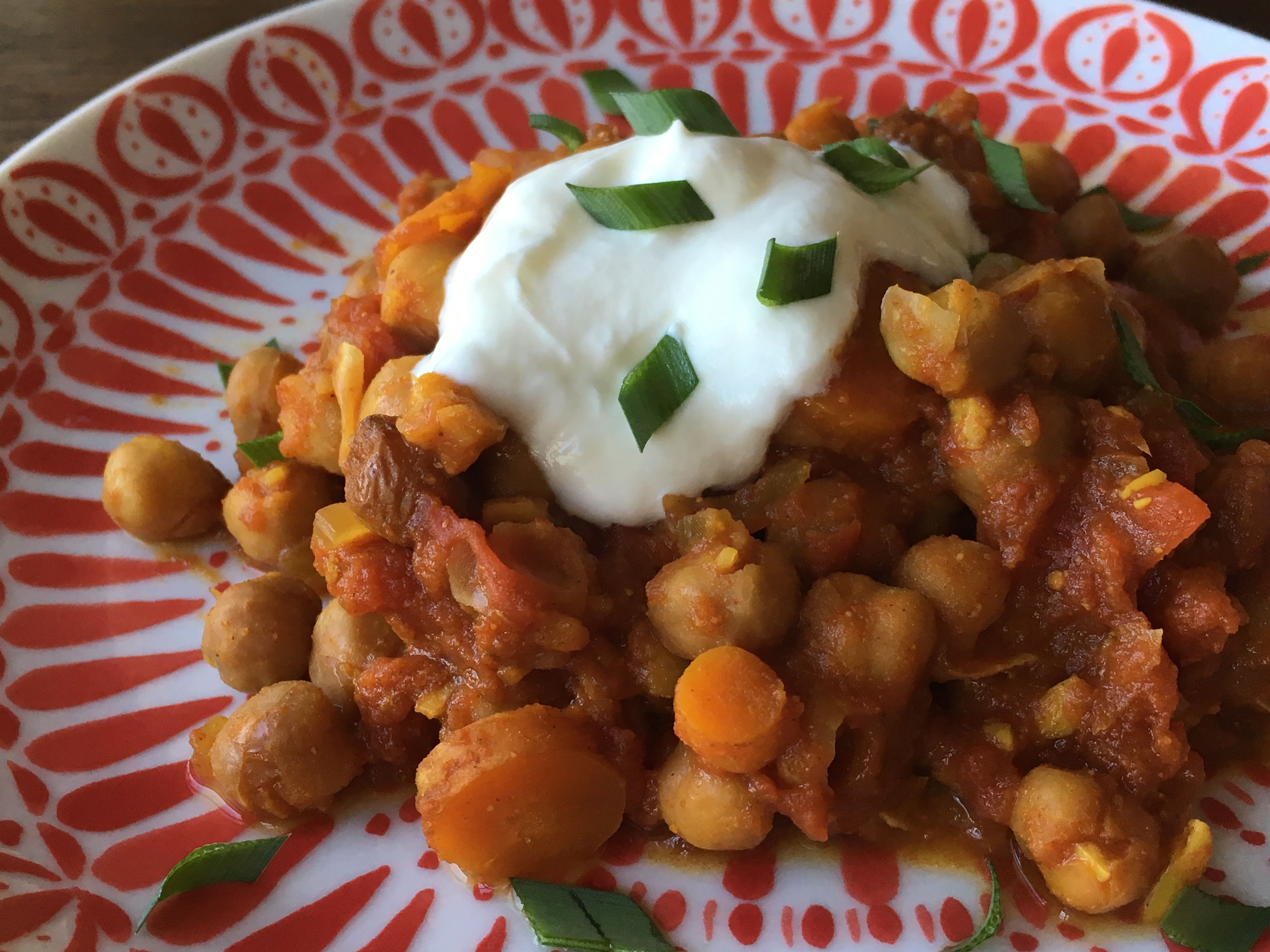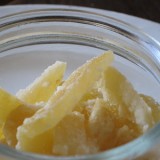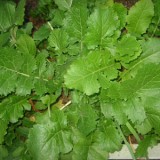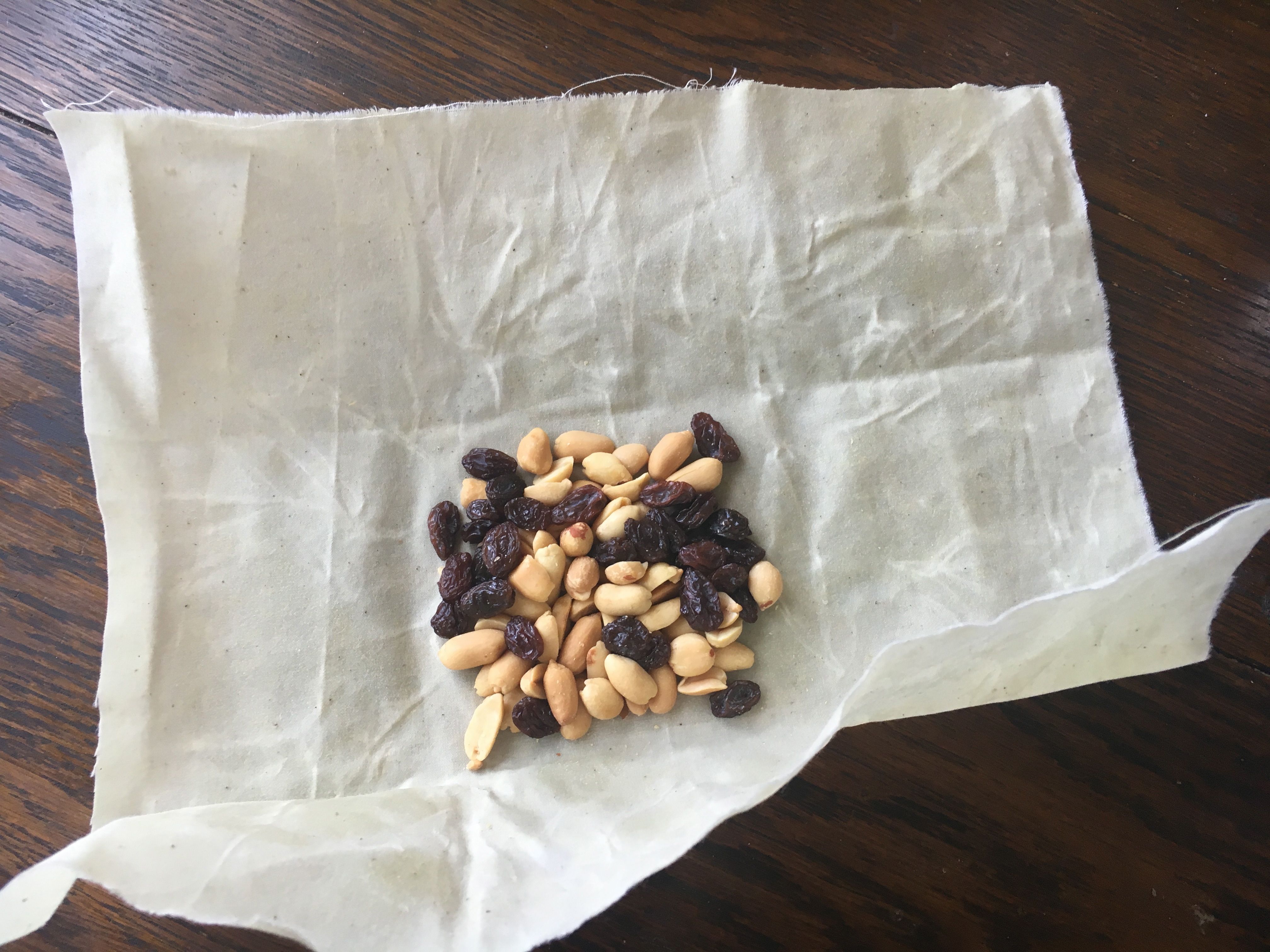Straight up veggies are perhaps the easiest thing to cook in a solar oven, and may be a good way to get started if you are a little intimidated by solar cooking
Sun oven proponents claim that sun ovens cook veggies better than any other device, because they can be cooked dry, and the slow heat brings out their flavor. This is true to some extent.
This is what I’ve learned about sun oven veggies. The cooking results are analogous to steaming. Vegetables which do well with steam cooking do well when tossed into a sun oven. Now, some people may counter that all veggies do well when steamed. Many people eat most of their veggies steamed as a matter of course. I do not. I rarely steam my food. I think most vegetables do better when they lose water and caramelize a bit (e.g. cauliflower , carrots, Brussels sprouts, zucchini) I’m a big fan of roasting and sauteing vegetables, and only like a few vegetables in their steamed form.

The same after. Not a failure, exactly, but just …bland and wet, as steamed vegetables always taste to me. Note the color of the cauliflower. That is not oven-browning, but rather the slight discoloration that some vegetables pick up in the solar oven. The color of the Brussels sprouts is due to a Schiracha sauce, which did not counterbalance their mushy Brussel-sproutsness. These guys have to be roasted, IMHO
So you can see this is all going to be a matter of taste, but be assured you can cook any vegetable a solar oven, and if steaming is one of your favorite cooking methods, you’re in luck.
Generally speaking you just throw any veggie in a covered pan and let them steam in their own juices. In some cases it helps to add a smidge of water to bottom of the pan.
Vegetables which I give my personal seal of approval for solar oven cooking are, for me, those vegetables I happily eat steamed. These foods also happen to be very summery vegetables, well suited to backyard entertaining and as companions to grilled foods:
- Potatoes
- Artichokes
- Corn on the cob
HOW TO:
Baked Potatoes
This is the easiest of the easy. Just wash off a couple of big russets and tuck them into a covered pan. Potatoes cook in about 4 hours when temps are approximately 250-300 F. This will vary, of course, depending on potato size and oven temp. Stab the potatoes to test for doneness. Don’t be afraid to leave them in there as long as it takes for them to be truly done. They won’t burn.
Erik and I have re-discovered the baked potato craze of our high school days, where you could go to the mall and get a baked spud with any variety of unhealthy things piled on top of it. We’ve been making southwest style potatoes piled with black beans, salsa, cheese and sour cream.
Corn on the Cob
You don’t need to shuck the corn. You don’t need to soak the husks. You don’t even need a covered pan. You can just put some ears on the floor of your oven (or on a tray). You can tuck them around pans cooking other things. I’ve even heard you can also pile them up, fill the whole oven with cobs. I’ve not done this, so don’t know how that would effect cooking times.
But if you put in a single layer of corn on the cob, husks intact, into a pre-heated oven and cook it around the 250F mark, the corn will be ready to eat in an hour. It’s that easy. If your corn is truly fresh and sweet, it can and should be eaten almost raw, so don’t overcook it.
To get the silk off, cut off the stem end grab hold of the silk and and sort of squeeze from that end, toward the cut end. You should be able to get the corn to disengage from the husks pretty cleanly.
My favorite way to eat corn on the cob is Mexican style, which involves buttering the cob then smearing mayo on it, then sprinkling it with chili powder, salt and a squeeze of lime.
Artichokes
Artichokes have been more of an adventure, but a good adventure. I’ve not been able to find instructions I like for artichokes in the sparse online world of solar cooking resources.
The first round of artichokes I cooked looked like a failure but were actually successful. What I did that time was simply throw them in a covered pot and left them for 2 hours at around 250F.
When I went to check on them, I was appalled to see that they’d turned brown. They looked roasted. Their outer leaves were dried out and hard.
But I took them inside and tried one of those crispy outer leaves. The flesh at the base was succulent and sweet, even extra artichoke-y in flavor. In short, really good! I devoured that artichoke, brown and crispy as it was.
I theorized that it was over-cooked. Perhaps it had been done cooking, and still pleasantly soft, after an hour. I hadn’t checked at the one hour mark, so I didn’t know. I tried another round.
Not so. At one hour a stab test to the base proved artichokes need more cooking time. But they’d already started browning. Some vegetables discolor when cooked in solar ovens. Seems artichokes are one of those vegetables.
While the crispy form of the artichoke is very edible, I found a work around for this. Just pour about 1/4 inch of boiling water into the bottom your cooking pot before setting the choke out in the oven. (You may be able to start with cold water, but I used hot water to jump start the process.) The steam produced by this water keeps the artichoke leaves softer, and lessens the browning somewhat, makes the final product look more like a “normal” cooked artichoke.
So, to recap, make artichokes by cooking them in a covered pan at around 250F for around 2 hours. It helps to cover the bottom of the pan with hot water, to produce steam, to keep the artichoke leaves softer. If you forget, it will still be edible. Test by stabbing the stem end with a fork. It should be very tender. Don’t be afraid to extend the cooking time, as an al dente artichoke is no fun. You won’t overcook it.
My next step will be to add garlic cloves to the steaming water to see if that infuses the artichokes at all.
If you are looking for more solar recipes, I’d point you toward the Solavore website. They have an archive of sweet and savory recipes.









I really appreciate all of your posts about using a solar cooker. I bought a solar oven, but really haven’t used it for anything substantive yet. After today’s post, I don’t have much of an excuse to ignore it any more.
I posted the corn shucking video on my blog this week. I cannot wait to try it. Of course, the cooking method was the microwave for a few minutes. I still don’t know how to cook artichokes by any method. A friend knows how, so I am going to buy some for him to cook for me. One question–can you eat the hearts after cooking this way and eating leaves? I love artichoke hearts.
In this heat, a solar oven makes more sense to me. I want brownies. Would a solar oven cook brownies?